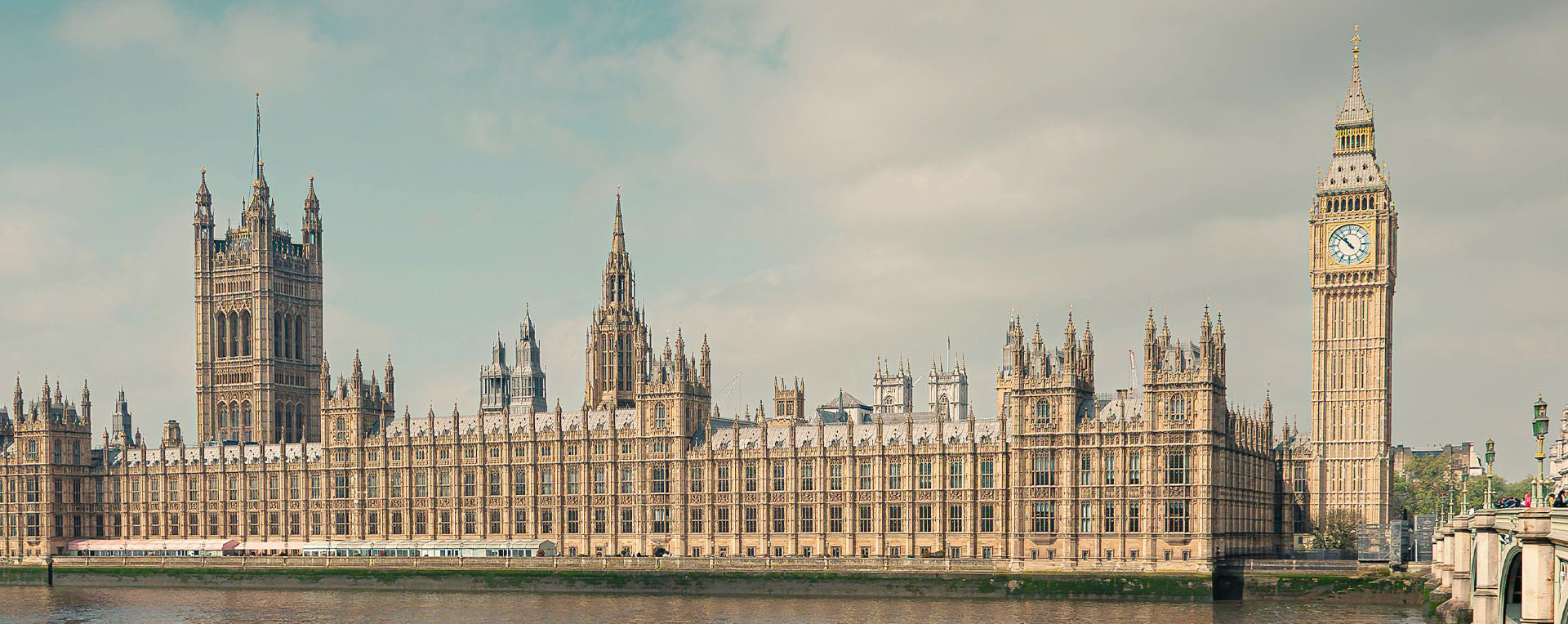This is the first in a mini-series looking at the presumption in favour of sustainable development (paragraph 11d) in London: focusing on how recent policy changes will impact Boroughs and what opportunities might arise.
This first blog looks at the how Five-Year Housing Land Supply (‘5YHLS’) will be calculated in London noting the interplay between (1) the recently adopted NPPF (Dec 24); (2) the adopted London Plan (Mar 2021); and (3) adopted and emerging Local Plans prepared by Boroughs themselves.
Moving through 2025 and into 2026, the outlook of 5YHLS in London is going to be nuanced and, given the introduction of the concept of Grey Belt, 5YHLS in London is now likely to be far more important than it has been in the past.
Why is the outlook more complex?
Currently, the setting of a 5YHLS requirement for London Borough’s has been quite simple. If the Borough has adopted a plan since the London Plan (2021), use that requirement. If not, then use the London Plan (2021) Policy H1 requirement as the basis.
But the current London Plan will soon be more than five-years old and it only set requirements to 2029. Furthermore, from July 2026 onwards a new 20% buffer might apply. To explore how these factors will influence different Boroughs’ 5YHLS position, they can be split into two groups:
Type A: (currently 13 London Boroughs + 6 Boroughs soon to adopt)
These Boroughs can continue to use the housing requirement in their adopted Local Plan until such time as they become more than five-years old.
Then, if the Plan is still less than five-years old in July 2026, it may be necessary to apply the new 20% buffer as defined at paragraph 78c. However, given that the 20% buffer already applies to these Boroughs, owing to existing poor HDT measurements, paragraph 78c will not materially change the dial. Our initial analysis suggests that it might only impact two Boroughs (one no longer being able to demonstrate a 5YHLS and one having an existing shortfall increase).
However, some of these Type A Boroughs might soon become Type B Boroughs ahead of the new London Plan being adopted. Our analysis suggests that by 31
st December 2026, five Borough’s are expected to move from a Type A to a Type B. This movement might provide a window of opportunity in which the new standard method would apply for assessing these Boroughs’ 5YHLS. Noting that the new standard method in London is 81% higher on average than current London Plan requirements
[1] the effect on these LPA, invariable these Borough’s 5YHLS will be impacted.
Type B: (currently 13 London Boroughs + The City)
These are the Boroughs that adopted a local plan prior to the London Plan (2021) and/or do not have new a plan nearing adoption. As such, their strategic housing requirements for 5YHLS purposes is and will continue to be set by Policy H1 in the London Plan, until they adopt their own Local Plan or a new London Plan is adopted.
The key issue facing these Boroughs is that the London Plan will be more than five years old in March 2026 ahead of a new London Plan being adopted. The position at that time could be one of the following scenarios:
- If the GLA either (a) did not undertake a review the London Plan or (b) reviewed it and concluded the requirements were not up to date; then all Type B Boroughs will need to apply the new standard method figure. The standard method figures are generally greater than the current London Plan requirements and they would continue to apply until the Borough adopts a new Local Plan or the New London Plan is adopted. Meaning, many of these Borough’s existing shortfalls will increase or those with a 5YHLS might not be able to demonstrate one.This would present a clear opportunity for a more positive approach on applications, as the weight given to the provision of housing in these Boroughs should invariably increase; or
- If the GLA did review the London Plan and conclude the requirement is up to date (in our view, highly unlikely given revised national policy and general sentiment around housing delivery in London), then Policy H1 only sets a requirement to 2029. 5YHLS positions with a base date of 1st April 2025 will look a year beyond this period. Arguably, this would mean applying the London Plan figure to the end of the plan period and then the standard method beyond it: but policy and guidance is not clear on what to do in such a situation. It might also mean the new paragraph 78c buffer applies (as it only applies where a local plan requirement is used to calculate 5YHLS).
Final thoughts
Moving ahead then:
-
For those Type A Boroughs, reliant on their own Plan to set a 5YHLS requirement, the key will be to monitor whether some might become Type B’s and need to apply the new standard method ahead of a new London Plan being adopted: potentially opening up a 5YHLS window and/or increasing an existing shortfall in supply; and
-
For Type B Boroughs, this will hinge on the GLA’s next steps (timing) on the London Plan. However, for now, many Boroughs cannot demonstrate a 5YHLS now and existing shortfalls in supply will likely increase once the London Plan becomes more than five-years old and the new standard method would apply. This would open another window of opportunity where the weight in favour of applications should increase.
As a result, there will be new opportunities arising in London, where the weight in favour of residential applications should significantly increase due to a shortfall in the 5YHLS as the new standard method begins to take effect and prior to any new London Plan being adopted. How and if this takes effect will be a Borough specific matter, but it is likely to be of particular relevance in those Boroughs with green / grey belt land. It may also have an influence on planning decisions on urban schemes, as the shortfalls in 5YHLS invariably increase.
But, there remain some uncertainties looking ahead:
-
The GLA recently stated at the Enfield Local Plan examination that it was (1) mindful the plan is about to become more than five-years old and (2) intends to publish revised draft housing figures extending further than 2028-29 before the London Plan has expired. This position was backed up in a response to a question to the Mayor
[2]. We will have to wait and see what transpires, but on face value it is not clear how any GLA review of current London Plan could extend its current requirement beyond the plan-period or propose draft requirements to be used for the purposes of 5YHLS ahead of a New London Plan being adopted;
-
Notwithstanding any review of the London Plan, whether NPPF footnote 88 means a review of the London Plan is not necessary at all and the London Plan requirement to 2029 should always be considered up-to-date for the purposes of calculating 5YHLS as it is for plan-making? Potentially a stretch, but this maybe argued by someone; and
-
If the current London Plan requirement were reviewed by the GLA and found to be up-to-date to 2029 for 5YHLS purposes, what would happen when five-year periods look beyond this date?
All things to monitor going forward and to consider when applications for residential development in London are being prepared, as they could/should have a bearing on the determination of applications.
Footnotes
[1] Note this is still 11 lower than it was prior to the December 2024 NPPF.
[2] Mayor of London, London Assembly _ London Plan Housing Targets



